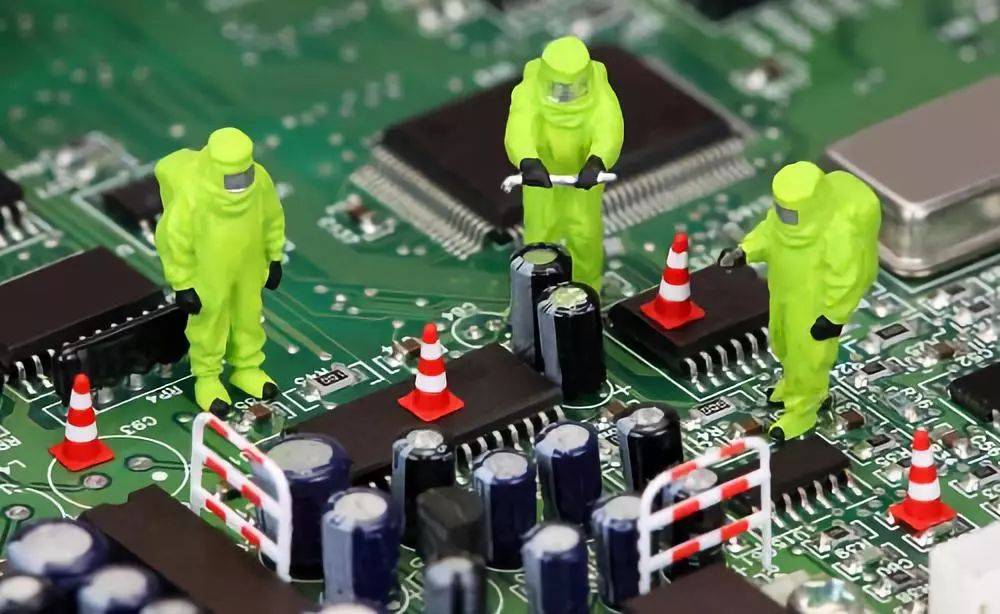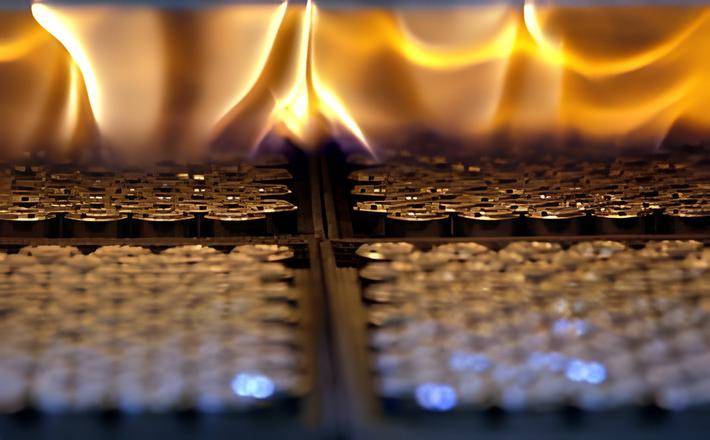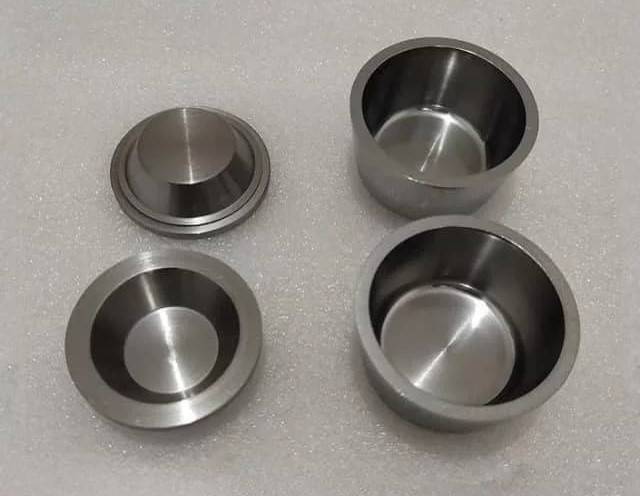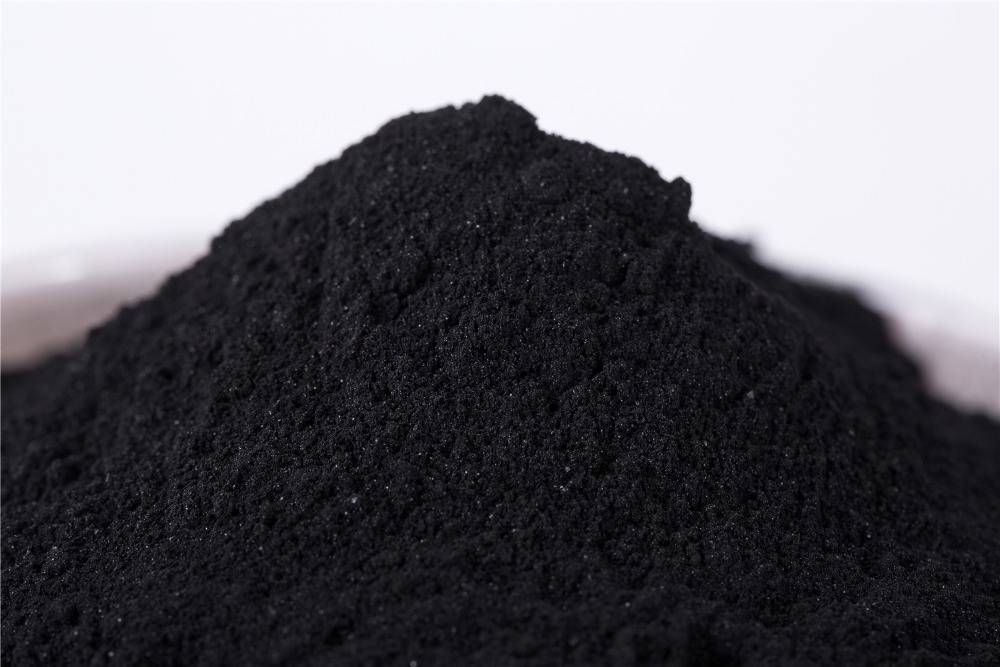Introduction to Rotary Kilns and Laboratory Furnaces
Rotary kilns and laboratory furnaces stand as the backbone of modern industrial processes, driving efficiency and innovation across diverse sectors. In this introduction, we delve into their pivotal roles, where rotary kilns facilitate continuous plug flow reactions while laboratory furnaces enable precise heat treatments. Together, they optimize heat treatment processes, offering customized solutions tailored to meet the specific needs of various industries. Join us on a journey to explore how these technologies revolutionize production, from the manufacturing of carbon products like biochar and activated carbon to the recovery of valuable metals, fostering sustainability and driving progress in industrial practices.
Applications of Rotary Kilns
Recovery of Valuable Components & Metals from Waste
Rotary kilns play a pivotal role in the recovery of valuable components and metals from various wastes and process byproducts, contributing to circular economy efforts. These materials, historically destined for landfills or tailings facilities due to toxicity or impracticality, undergo processing in rotary kilns, resulting in the recovery of valuable components and a significant reduction in waste volume. Key applications include:
- E-waste Recycling: Copper, nickel, and other metals are extracted from electronic waste (e-waste) through rotary kiln processing.
- Red Mud Utilization: Iron, aluminum, and other metals are recovered from red mud, a byproduct of bauxite processing, using rotary kilns.
- Catalyst Regeneration: Rotary kilns are employed to extract cobalt, vanadium, and other metals from spent catalysts.
- Fly Ash Valorization: Alumina, gold, and other metals are retrieved from fly ash through rotary kiln processes.

Production of Advanced Mineral Products
Rotary kilns are extensively utilized in the production of advanced mineral products, including roofing granules, adsorbents, fillers, desiccants, and molecular sieves. These kilns facilitate the removal of impurities, modification of physical and chemical properties, and bonding of coatings and colors to base materials.
Plastics-to-Fuel (PTF) Technology
As plastic waste management becomes increasingly critical, rotary kilns play a vital role in plastics-to-fuel (PTF) technology. Through pyrolysis, rotary kilns enable the recycling of a wide range of plastic waste types, converting them into fuel or petroleum product precursors.
Carbon Products Production
Rotary kilns are instrumental in the production of carbon products, including biochar and activated carbon, derived from organic cellulosic feeds such as manure, crop residues, and coconut husks. These kilns are preferred for commercial-scale production due to their efficiency and scalability.
Other Common Applications
In addition to the aforementioned applications, rotary kilns find widespread use in various industrial processes, including:
- Roasting ores
- Sintering materials like dolomite and magnesite
- Reduction of ores in sponge iron production
- Calcination of limestone, gypsum, and bauxite
- Incineration of waste materials
- Desorption of soil contaminants
- Upgrading of phosphate ores
- Waste lime recovery
- Catalyst activation
- Ceramics processing
- Activated coal regeneration
- Scrap tire recycling
- Sewage sludge disposal
- Waste wood recycling
Dual Functionality: Rotary Kiln as a Dryer
Beyond its primary applications, rotary kilns serve as efficient dryers, removing water and moisture content from solid substances by introducing hot gases into a drying chamber. Kiln shells are engineered to be structurally robust with non-conductive linings, capable of withstanding high temperatures and minimizing thermal losses.
Rotary kilns have emerged as indispensable tools in various industrial processes, contributing to efficiency and sustainability. As new applications continue to emerge, ongoing research and development are essential to further harness the potential of rotary kiln technology.
Optimizing Heat Treatment Processes
In the realm of heat treatment processes, understanding the nuances between firing and sintering is crucial for optimizing industrial production. Let's delve into the differences between these processes and explore how they impact the design and operation of various heat treatment equipment.
Firing vs. Sintering
In the literature, two terms, "firing" and "sintering," are commonly used to describe the heat treatment of ceramics. The term "firing" typically refers to processes characterized by complex heating conditions. This complexity is often encountered in traditional ceramic manufacturing processes using materials like clay. Additionally, firing encompasses processes where numerous variables influence the final properties of the product. On the other hand, "sintering" is employed to describe less complex processes with well-defined conditions and controllable parameters.

Importance of Controlling Heat Treatment Processes
Achieving consistent quality and desired material characteristics necessitates precise control of heat treatment processes. Various techniques, including annealing, case hardening, precipitation strengthening, tempering, and quenching, are employed to modify or achieve specific properties in different materials, particularly metals. Gas analyzers play a crucial role in monitoring and controlling these processes to ensure optimal outcomes.
Utilization of Differential Scanning Calorimetry (DSC) and Differential Thermal Analysis (DTA)
DSC and DTA instruments are invaluable tools for analyzing heat treatment processes. These instruments provide insights into the heat requirements for reactions and the temperature profiles of materials during heating. By understanding these thermal characteristics, operators can optimize process parameters and ensure efficient heat treatment.
Chemical Composition Analysis for Rotary Kiln Design
The chemical composition of materials profoundly influences rotary kiln design and operation. Several factors, including combustion reactions and required environmental conditions, necessitate a deep understanding of material chemistry. This knowledge informs the design of kilns capable of withstanding high temperatures and facilitating specific reactions. Additionally, it guides decisions regarding exhaust gas treatment to mitigate environmental impacts.
Thorough Chemical and Thermal Analyses in Rotary Kiln Sizing and Design
Designing a rotary kiln process necessitates thorough chemical and thermal analyses of the materials involved. Each material behaves differently in the kiln, undergoing various reactions at distinct temperatures. This data is essential for determining kiln design parameters, such as dimensions and operating conditions. By understanding material characteristics, including melting points, vaporization tendencies, and combustion behaviors, engineers can tailor kiln designs to meet process requirements effectively.
In summary, optimizing heat treatment processes involves a comprehensive understanding of material characteristics, precise control of process parameters, and informed design of heat treatment equipment. By leveraging advanced analytical techniques and considering the intricacies of firing and sintering, industries can achieve consistent quality and enhance efficiency in their production processes.
Customization and Features of Laboratory Furnaces
Laboratory furnaces play a critical role in various industries, facilitating processes such as heat treatment, material testing, and research. Understanding the customization options and key features is essential for selecting the right furnace to meet specific application requirements.
Crucible Size
The size of the crucible is paramount in laboratory furnace selection. Crucibles contain samples during processing, and it's crucial to ensure compatibility with the furnace's dimensions. Select a furnace capable of accommodating the size and shape of the crucibles required for your experiments or production processes.

Customization Options
Many laboratory furnaces offer customization features to tailor them to specific application needs. These options may include:
- External communication adapter
- Exhaust system
- Sample tray
- Alarm output terminal
- Other specialized configurations to meet unique requirements
Temperature Control
Temperature control is a critical aspect of laboratory furnace operation. Different technologies are employed for temperature regulation, including:
- Thermostats with simple on/off switches
- Advanced temperature control systems for precise regulation
- Consider the temperature range and stability required for your applications when selecting a furnace.
Air Intake and Exhaust
Adjustable air intake and exhaust systems are essential for controlling the environment within the furnace chamber. These systems help regulate humidity levels, remove volatile organic compounds (VOCs), and eliminate fumes generated during processes. Ensure the furnace offers adequate air handling capabilities to maintain desired conditions.
Safety Features
Safety is paramount in laboratory environments. When choosing a furnace, prioritize models with robust safety features to minimize risks of accidents and ensure operator protection. Look for features such as:
- Self-diagnostic functions
- Auto-recovery capabilities
- Key lock function
- Overheat prevention devices
- Earth leakage breaker
Types of Laboratory Furnaces
Laboratory furnaces come in various sizes and configurations to suit different applications:
- Benchtop furnaces: Compact and suitable for smaller-scale operations
- Cabinet furnaces: Versatile and commonly used for a wide range of applications
- Walk-in furnaces: Spacious and ideal for large-scale industrial processes
Customization Options
Depending on specific requirements, additional customization options may be available:
- Exhaust systems for efficient ventilation
- Nitrogen gas loading devices with flow meters
- Temperature output terminals for monitoring
- External communication adapters for integration with external systems
- Furnace accessories such as sample trays and floor plates
Custom muffle furnaces can significantly enhance product development and testing processes. Consider adding accessories to optimize performance and ensure high-quality results from your laboratory muffle furnace.
Industries Benefiting from Laboratory Furnaces
Discover the wide array of industries benefiting from laboratory furnaces, including ceramics, aerospace, metal 3D printing, mining, powder metallurgy, battery manufacturing, and general manufacturing sectors. Learn how laboratory furnaces play a crucial role in high-temperature heat treatments for various applications.
Many of the products or components within the products we use during our day have been tested under heat prior to reaching the marketplace. New products and materials go through an extensive development process that is performed in research facilities, universities, and high-tech manufacturer’s labs. These facilities use lab furnaces to test materials, analyze the effects of heat on various products, and process small batches of products. Researchers and manufacturers test and process a number of materials in these lab furnaces, including ceramics, glass, electronics, plastics, and metals.
Each of these laboratories needs high-temperature furnaces for different reasons. For example, research and development laboratories use muffle furnaces to develop new products, while dental labs use small industrial furnaces to perform zirconia binder burnout, firing, and sintering.

How Do Laboratory Furnaces Work?
Laboratory furnaces use radiant heat transfer to heat an item placed inside the furnace chamber. They generally provide uniform temperatures throughout and can be used for many functions, such as binder burnout, sintering, and melting.
Lab Furnace Production Applications
Many scientific and product laboratories use high-temperature furnaces. The types of labs using laboratory furnaces range from research and development labs to dental labs, university labs, and quality control labs.
Almost all industries, including the automotive, aerospace, ceramics, electronics, medical, and technology industries, utilize research facilities to test products before bringing them to market. This type of testing allows manufacturers to predict results and reduce failures. Lab furnaces are versatile and allow for a number of laboratory test applications, such as annealing, hardening, sintering, tempering, and atmosphere processing.
Built with refractory materials that are capable of maintaining high temperatures without breaking down, laboratory furnaces provide a continuous heating environment to facilitate the processing and testing of samples and materials. Laboratory furnaces must frequently run for months at a time to complete a testing set.
Revolutionizing Carbon Product Production
Rotary kilns play a pivotal role in revolutionizing the production of carbon products, including biochar, activated carbon, and the recovery of carbon black from waste tires. Here's an exploration of how rotary kilns work and their significance in sustainable waste management practices.
Rotary kilns rely on innovative rotary drum technology to process materials effectively. The process involves tumbling materials within a rotating drum, which is heated either internally (direct heating) or externally (indirect heating) to achieve the desired temperature and promote the intended reactions. Temperature control is critical, with predetermined values based on comprehensive chemical and thermal analyses. The rotating drum is sealed to the stationary breeching at each end to regulate the atmosphere and temperature inside the kiln, ensuring optimal reaction conditions.
Operating within a temperature range of 800 to 2,200°F, rotary kilns, often referred to as calciners, facilitate various thermal processes. In the case of waste tire pyrolysis, the process occurs within an indirect kiln, where the pyrolysis reaction unfolds in three stages:
-
Rubber Char Formation: Initially, the rubber within the tires becomes brittle and separates from the steel, resulting in rubber char.
-
Oil and Gas Separation: Subsequently, the oil and gas components are expelled from the rubber char and removed from the kiln.
-
Carbon Black Production: In the final stage, the rubber char is fully processed into a carbon black-like substance and separated from the steel wires.

Following pyrolysis, the carbon black undergoes further processing, including cooling, grinding, pelletizing, and packaging for transportation. Meanwhile, the steel wires are cooled, compacted, and prepared for transport to steel recyclers or processing furnaces.
The operation of the pyrolysis rotary kiln reactor is facilitated by rotation, offering several advantages:
-
Enhanced Loading Convenience: The rotating kiln facilitates the transportation of waste tires from front to back, streamlining the loading process.
-
Even Heating and Pyrolysis: Given the necessity of heating waste tires for approximately 10-12 hours, rotating the kiln ensures uniform heating and pyrolysis throughout the material.
In addition to waste tire pyrolysis, rotary kilns are instrumental in producing various carbon products. These include biochar and activated carbon, derived from organic cellulosic feeds such as manure, crop residues, and coconut husks. While some applications are still emerging and utilize small-scale equipment, rotary kilns emerge as the preferred choice for commercial-scale production. Moreover, many mature activated carbon products are already manufactured and reactivated using rotary kilns.
In summary, rotary kilns represent a cornerstone in the sustainable production of carbon products, facilitating waste tire recycling, biochar production, and activated carbon manufacturing. Their versatility and efficiency make them indispensable in modern waste management and carbon utilization efforts.
Related Products
- Laboratory Vacuum Tilt Rotary Tube Furnace Rotating Tube Furnace
- Electric Rotary Kiln Pyrolysis Furnace Plant Machine Calciner Small Rotary Kiln Rotating Furnace
- Electric Rotary Kiln Continuous Working Small Rotary Furnace Heating Pyrolysis Plant
- Vacuum Sealed Continuous Working Rotary Tube Furnace Rotating Tube Furnace
- Electric Rotary Kiln Small Rotary Furnace Biomass Pyrolysis Plant
Related Articles
- Advanced Laboratory Furnaces: Box, Muffle, and Tube Options for High-Temperature Applications
- Rotary Furnaces: Advanced Materials Processing and Applications
- Electric Rotary Kiln Pyrolysis Furnace: Design, Operation, and Applications
- Vacuum Laboratory Furnaces in Advanced Materials Research
- Electric Rotary Kiln Pyrolysis Furnace: A Comprehensive Guide to Pyrolysis Technology









